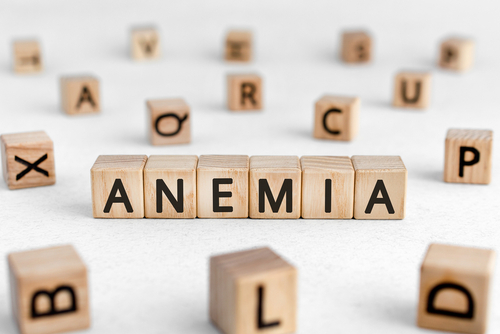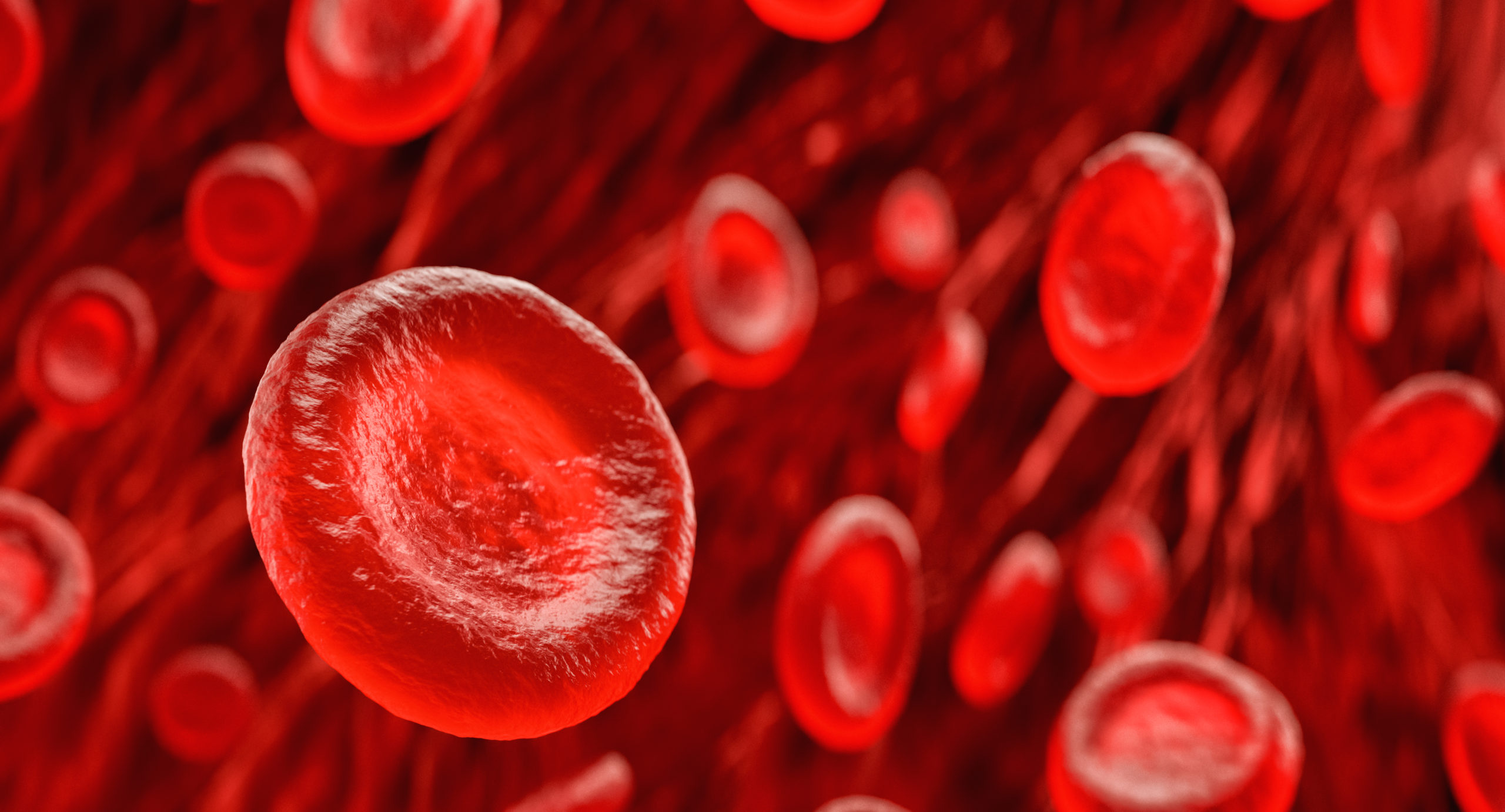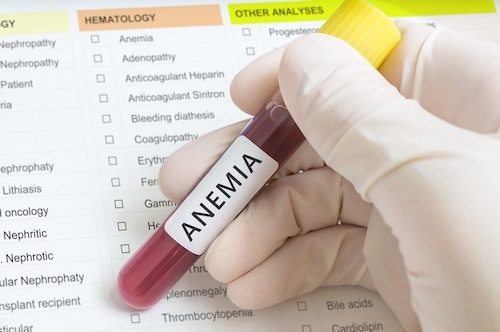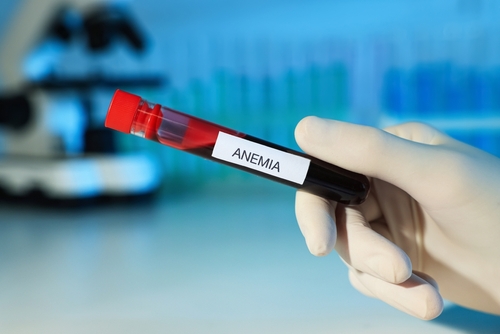
Anemia is a common complication of chronic kidney disease (CKD) that can negatively affect patient outcomes and quality of life. The longstanding treatment standard has been iron supplementation, blood transfusions, and erythropoiesis-stimulating agents (ESAs).
More recently, hypoxia-inducible factor prolyl hydroxylase inhibitors (HIF-PHi) have emerged as an alternative to ESAs. They have been shown to correct and maintain hemoglobin in more than 30 phase 3 trials and have been approved and used in many countries. However, their long-term safety, particularly relating to cardiovascular and thromboembolic events, and their possible effect on tumor growth remains unclear.
The European Renal Best Practice board of the European Renal Association conducted a review of several phase 3 trials to shed light on the mechanism behind HIF-PHi and their role in managing CKD-related anemia. The results, authored by Sokratis Stoumpos, MD, and others, were published in Nephrology Dialysis Transplantation.
Regarding the mechanisms of action, the authors stated that HIFs are the primary regulators of erythropoietin (EPO) production and iron availability via (1) upregulation of EPO receptors and endogenous EPO production; (2) increased intestinal iron absorption; (3) increased iron uptake by proerythrocytes and promotion of erythrocyte maturation; and (4) inhibition of hepcidin production in the liver. HIF-PHi can inhibit prolyl hydroxylation to stimulate these effects and enhance erythropoiesis.
HIF-PHi not only provide an alternate treatment for anemia in CKD but also mediate other metabolic pathways. While that could lead to improvements in patient outcomes and prognosis, it could also result in unfavorable effects. Such effects depend on context and can vary depending on the duration and severity of the hypoxic state.
A meta-analysis of 46 studies that included 27,338 patients across all the available HIF-PHi found no significant differences in mortality versus placebo or ESAs in patients with dialysis-dependent CKD (DD-CKD) versus those with non–dialysis-dependent CKD (NDD-CKD). Similarly, a meta-analysis of eight studies comparing the HIF-PHi daprodustat with ESAs found no difference in mortality in the DD-CKD and NDD-CKD groups.
Studies were unclear about the impact of HIFs on tumor angiogenesis and growth. Although the molecular mechanisms behind cancer metabolism are greatly influenced by HIF-1α, under some experimental conditions, prolyl hydroxylase domain inhibition by HIF rebuilt tumor vessels and normalized a tumor, which are essential aspects of chemotherapy response. Study findings regarding cardiovascular and thrombotic effects were similarly inconclusive. The authors wrote, “Major clinical trials have failed to conclusively demonstrate that, as a class, HIF-PHi are noninferior to placebo or ESAs for cardiovascular, thrombotic, or cancer complications.”
Overall, many questions remained after the authors’ analysis. They pointed out that the large phase 3 trials published so far evaluate adverse effects only over a short period of time. They noted that there is evidence for major adverse cardiovascular events noninferiority with HIF-PHi versus ESAs among patients on dialysis, but questions remain regarding patients with NDD-CKD. Moreover, the data raised concerns about higher thrombotic risk with HIF-PHi.
“Collectively, given the degree of uncertainty about the benefits and harms of HIF-PHi, the principle of shared decision-making should be applied to ensure that the values of patients with diverse needs and perspectives are respected,” the authors stated.
They provided suggestions for clinical practice, which included avoiding HIF-PHi use in patients who had a cardiovascular or thrombotic event in the last 3 months; history of malignancy in the past 5 years; polycystic kidney disease; untreated proliferative diabetic retinopathy, macular degeneration, and retinal vein occlusion; and idiopathic pulmonary arterial hypertension.
Source: Nephrology Dialysis Transplantation






 © 2025 Mashup Media, LLC, a Formedics Property. All Rights Reserved.
© 2025 Mashup Media, LLC, a Formedics Property. All Rights Reserved.